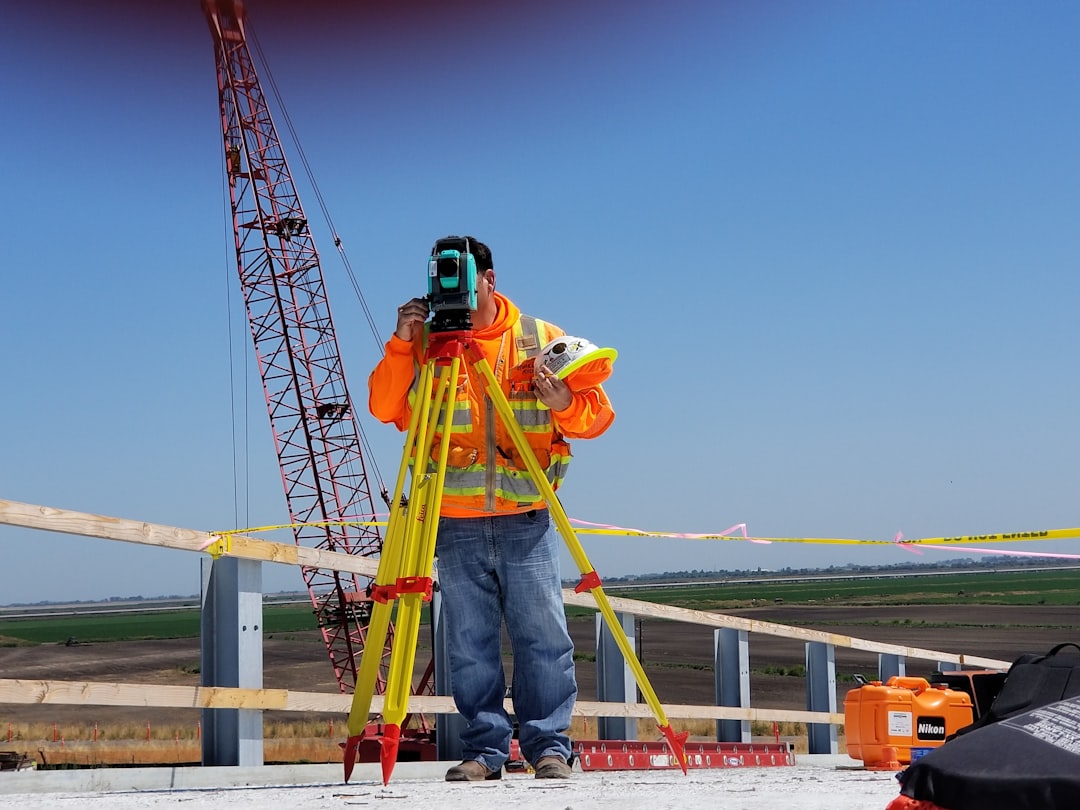
When homeowners in Montana upgrade to natural gas appliances or extend service lines for outdoor kitchens, fire pits, or standby generators, one phrase dominates their search: Gas Piping Installation Power Montana. Accuracy, safety, and speed are critical—and CountBricks delivers all three. Our AI-driven estimating platform converts live voice conversations into fully costed material lists, labor schedules, and printable proposals in minutes. Partnering with CountBricks means fewer surprises, faster approvals, and safer homes.
Montana follows the International Fuel Gas Code with state amendments. Local inspectors want to see:
• Correct pipe sizing to prevent pressure drop
• Approved materials (typically black steel, CSST, or copper in specific cases)
• Isolation valves at each appliance
• Proper burial depth—18" for yard lines, 12" if sleeved
CountBricks embeds these requirements directly into every takeoff. Our database updates as regulations change, so your estimate always reflects current code.
1. Whole-home conversions from propane to natural gas
2. Secondary lines for high-efficiency boilers or tankless water heaters
3. Outdoor kitchen and patio heater feeds
4. Backup generator supply lines sized for 2 psi systems
5. Accessory dwelling unit (ADU) hookups in growing Montana infill projects
• Winter frost line depth demands increased trenching costs in many counties
• Rural distances between meter and house can double piping footage
• Rocky soil in western valleys often requires rock-saw or pneumatic hammer add-ons
• Local utility lock-out windows affect scheduling and labor premiums
CountBricks AI weighs these variables in real time, adjusting your material and labor allowances instantly as you discuss scope with the homeowner.
Speak with a client on-site, list appliances, and define routing. CountBricks listens, interprets, and produces a line-item cost breakdown while you’re still in the driveway.
• Black iron, CSST, copper, fittings, valves: auto-priced from preferred vendors
• Seasonal fuel surcharges auto-applied for distant deliveries
• Alternative material suggestions when supply chain shortages hit
Gas demand tables are baked into the algorithm. Enter BTU loads by voice and CountBricks chooses correct diameter, pressure loss factors, and branch lengths. The result is a code-compliant design every inspector will sign off on the first pass.
1. Open the CountBricks mobile app and select “Gas Piping Installation.”
2. Activate voice capture; describe appliance list, meter position, and routing path.
3. Review auto-generated schematic and sizing chart on screen.
4. Approve or adjust tasks; add trenching or concrete coring if needed.
5. Tap “Generate Proposal.” The client receives a branded PDF within seconds.
6. Convert proposal to invoice with one click once the job is won.
• 50 % faster approval times thanks to immediate, detailed quotes
• 35 % reduction in change orders because hidden costs are surfaced up front
• Unified platform for estimating, blueprint takeoffs, scheduling, and billing
• Cloud history of every change for airtight documentation
A recent CountBricks client needed a 200 ft gas line through rocky terrain to power a 22 kW standby generator. Traditional estimating methods projected a five-day turnaround for pricing. Using CountBricks:
• The estimator captured site details in 12 minutes via voice
• AI suggested switching to 1-¼" Polyethylene with tracer wire, cutting cost by 18 %
• Proposal was emailed before leaving the property
The homeowner signed that night, and the contractor shaved a full week off project commencement.
• Verify utility service pressure before finalizing pipe diameter
• Pre-heat and thread black iron fittings indoors during freezing temps to prevent cracked nipples
• Use UV-resistant tape markers when burying CSST sleeve near sunny patios
• Always photograph each joint prior to backfill—CountBricks stores images alongside the estimate for inspection day
• Factor in wildlife deterrent measures; marmots love warm trenched soil around new lines
Whether you’re a solo plumber covering Kalispell or a multi-crew contractor in Billings, CountBricks scales with you. Visit CountBricks.com/services to schedule a live demo, explore our gas piping templates, or upload your latest house plan for an instant AI takeoff.

CountBricks is more than a quoting engine. Every data point captured during the Gas Piping Installation Power Montana estimate flows directly into your production calendar. Crews receive task lists that specify pipe length, fitting count, trench depth, and inspection milestones—no re-keying required.
• A Helena builder reduced jobsite downtime by 28 % when CountBricks auto-synced inspections with the city portal, ensuring technicians arrived only when approvals were locked in.
• A Missoula remodeler used the photo-attach feature to record pressure-test gauges. The images were time-stamped inside the estimate file, satisfying the inspector without a second visit.
Upload a PDF floor plan to CountBricks.com/blueprint and trace proposed routes in your browser. The AI detects wall types, joist directions, and existing mechanical chases, recommending the shortest compliant path. Contractors report saving up to two hours per single-family home design.
1. Trainees follow the voice-prompt wizard, learning proper terminology as they speak.
2. The system highlights code violations in real time—an on-the-job classroom.
3. Supervisors review recorded sessions for coaching, creating a repeatable quality standard across crews.
CountBricks isn’t just changing how Montana estimates are written—it’s transforming how residential gas lines are delivered from concept to final inspection. Reach out at CountBricks.com/consultation and experience a smarter way to build.